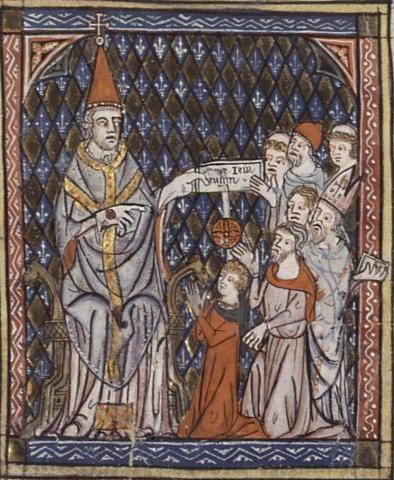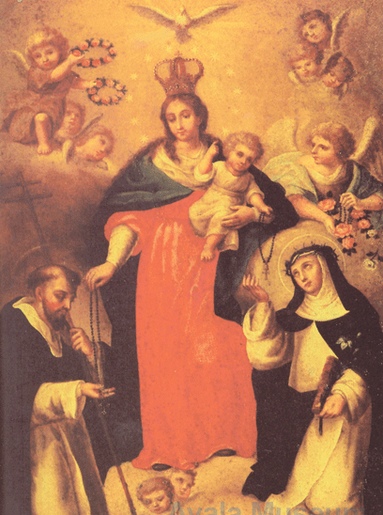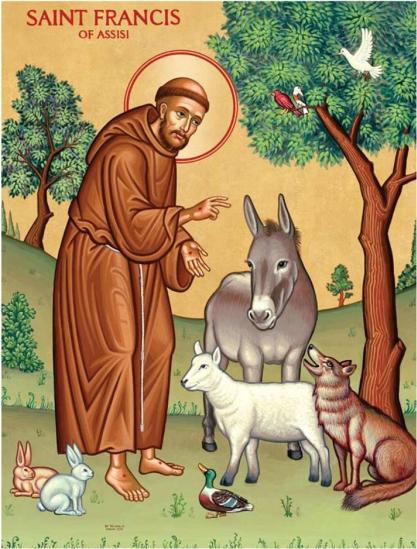1572 Death of John Knox

John Knox was a driving force in the Scottish Reformation which succeeded in replacing the Catholic Church in Scotland with a stern form of Calvinist piety.
Knox was born c. 1510 to a merchant’s family in Haddington, Scotland and by his early 20s had become a Catholic priest. He fell under the influence of Protestant reformer George Wishart and assisted him in his preaching campaign. Wishart was arrested and executed as a heretic in 1546 on the orders of Cardinal David Beaton. Shortly thereafter Beaton was assassinated and Knox joined the killers in their refuge in St Andrew’s Castle, becoming their chaplain. The Scottish Regent, Marie de Guise, mother of the child-queen Mary, called in the support of the French army to take the castle. Knox and other prisoners were condemned to be galley slaves but he was released in 1549 and went into exile in England. There he became a preacher at the court of Edward VI who was attracting Protestant thinkers and clergy from around Europe.
When in 1553 Edward VI was succeeded by his half-sister, the very Catholic Mary Tudor, Knox had to go into exile again. He fled to the Continent where he eventually took refuge in Geneva, then under the sway of John Calvin. By 1558 Knox and other Marian exiles had decided that it was legitimate for persecuted Christians to rise up against a religious oppressor. He put a special spin on his doctrine of resistance making it especially applicable to female rulers.
Knox had found himself persecuted by women in power – Marie de Guise in Scotland ruling on behalf of Mary Queen of Scots, Mary I (Blood Mary) in England, and Catherine de Medici in France. He proclaimed in his First Blast of the Trumpet Against the Monstrous Regiment of Women that philosophy, the Bible, and Nature itself testified against the reign of females. Unfortunately for Knox, the book appeared just as a Protestant queen, Elizabeth I, came to the English throne. Elizabeth was justifiably vexed at Knox who did not recant but only grudgingly admitted that occasionally God made an exception to the rule. His name was thereafter a dirty word at the English court and helped to discredit the hotter sort of Protestants in the eyes of the English government.
Back in Scotland Knox rejected the religious toleration proposed by Mary Queen of Scots and called for her overthrow. He was the intellectual foundation of the Reformation imposed by the Scottish nobility and its loudest voice until his death in 1572.








